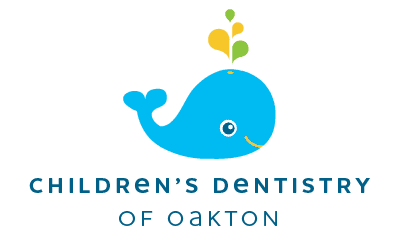The Procedure
IV sedation is a procedure that allows treatment to be completed on a child who is unable to undergo dental treatment while conscious. Your child’s wellbeing is always our top priority. In order to provide an increased level of comfort and safety, Dr. Niloo works with an anesthesiologist to perform the sedation while she completes the dental treatment. IV sedation is a very safe procedure for healthy children. However, there are more risks associated with this procedure. Thus it is important to have a frank discussion with Dr. Niloo about your child’s health history prior to the appointment. On the day of the appointment your child should arrive to our office with an empty stomach [ see instructions below ]. The anesthesiologist will then review your child’s health and treatment needs. Dr. Niloo will again explain the planned procedure and answer any additional questions you may have that day. You may hold your child while the anesthesiologist gives your child an injection in the arm to begin the sedation procedure. This is all your child will remember about this appointment, and some children do not even remember the injection because of the amnesic properties of the medication. This will relax your child in about 10 minutes. Your child will then have an IV placed, and the anesthesiologist will sedate them in order for the dentist to begin treatment. If it was not possible to obtain x-rays previously, x-rays will be taken, and an assistant will advise you of the results and review any changes in the treatment plan. We will periodically update you on your child’s progress while you wait in the waiting room. After dental treatment is complete, the anesthesia will be reversed and your child will begin to wake up. Some children are very sleepy when they wake up, some cry and are agitated, and some get the shivers. Remember, your child has a lot of medication in her system and may be very confused while waking up. The anesthesiologist will give you post-operative care instructions and will allow you to go home when your child is alert and responsive enough. Do not hesitate to call our office if you have questions or concerns after the visit.
Eating and Drinking Before the IV Sedation Appointment
Your child should have nothing to eat for 6 hours before the sedation appointment. Avoid solid food and milk. Clear liquids (water, apple juice, grape juice, clear sodas, and clear Jello without fruit or whip cream) are allowed up to three hours prior to the appointment. These instructions are extremely important to the health and safety of your child.
Clothing
Your child should wear a short-sleeved shirt. You may bring a small blanket. Please bring diapers or pull-ups if applicable and an extra change of clothes. Remove all jewelry, watches, and hair ornaments. Medication Do not stop taking any medications before consulting your doctor and anesthesiologist.
Health Status
If your child develops a fever, cold, runny nose, a productive cough, or an acute asthma attack within 2 days prior to the scheduled appointment, please call our office.
Eating and Drinking After the Appointment
As instructed by the anesthesiologist, start by giving your child water or apple juice no earlier than two hours after leaving the office. You may wet their lips with water if they are thirsty before two hours have passed. Feeding your child too quickly, or feeding them heavy foods immediately after sedation, will likely result in vomiting. If your child can tolerate liquids, move to soft foods such as yogurt, pudding, etc. Gradually increase to normal foods as they are able to tolerate it. Children’s Tylenol or Motrin can be given for pain and low-grade fever. Please notify us if your child develops a temperature higher than 100.5 F or if vomiting continues for more than eight hours.
Sleeping
Your child will likely go home and take a nap after sedation. This is normal. Place them on their side. Do not leave your child unattended or place anything (such as gauze) in their mouth while they are sleeping.
Activity
After the procedure, your child will be drowsy and have poor balance and coordination for up to 6-8 hours. It is best that your child rest for the remainder of the day. Watching TV/videos and reading at home are excellent ideas. Your child may resume normal activity or go back to school the day after their appointment if he feels able. Some children may not feel up to normal play and may seem “hung over” from the medications. Encourage clear liquids to help clear the medication from their system. Remember that your child is not as awake as they think they are. Avoid swimming, biking, playing outdoors, and other vigorous activities for the remainder of the day.
Oral Hygiene
The day of the procedure, your child may experience some tenderness. Do not brush or floss your child’s teeth in the area of an extraction. The next morning you can gently brush your child’s teeth. Brushing is very beneficial because clean teeth allow the gums to heal much faster.
